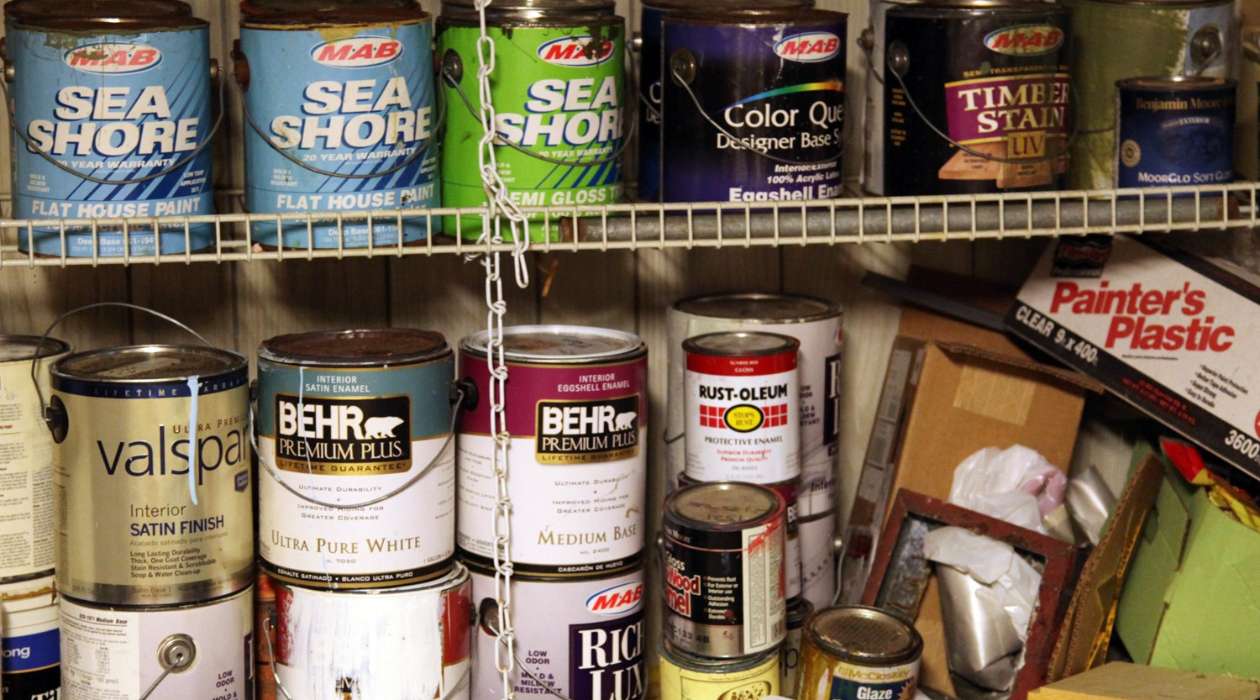

Articles
How To Store Paint In Garage
Modified: February 23, 2024
Looking for tips on storing articles like paint in your garage? Learn how to properly store paint in your garage to ensure its longevity and usability.
(Many of the links in this article redirect to a specific reviewed product. Your purchase of these products through affiliate links helps to generate commission for Storables.com, at no extra cost. Learn more)
Introduction
When it comes to home improvement projects, having the right tools and materials is essential. One common item that many homeowners tend to overlook is paint. Whether you’re touching up the walls or giving a room a fresh coat, having properly stored paint can make all the difference. One of the most convenient places to store paint is in the garage, but it’s important to do so correctly to ensure its longevity and usefulness.
In this article, we will explore the importance of proper paint storage in the garage and provide you with practical tips and guidelines on how to store paint effectively. From selecting the right storage location to handling hazardous materials, we’ll cover all the essential information you need to know.
Key Takeaways:
- Properly storing paint in the garage is crucial for maintaining its quality and usability. From selecting the right storage location to handling hazardous materials, following the tips provided can help extend the lifespan of your paint and avoid unnecessary waste.
- By implementing the guidelines for paint storage and maintenance, you can create a well-organized and efficient system in your garage, ensuring that your paint is always in excellent condition for any future home improvement projects.
Read more: How To Store Paint Cans In Garage
Importance of Proper Paint Storage in the Garage
Proper paint storage in the garage is crucial for several reasons. First and foremost, it helps to extend the life and quality of the paint. When paint is exposed to extreme temperatures or fluctuating humidity levels, it can change its consistency and texture, making it difficult to apply evenly. By storing paint in the garage under controlled conditions, you can maintain its original formula and ensure it remains usable for future projects.
Additionally, proper paint storage helps to prevent wastage. Without proper storage, paint cans can become damaged, leading to leakage or spillage. This not only wastes valuable resources but can also damage other items stored nearby. By storing paint in the garage, you can keep it away from potential hazards and minimize the chance of accidents or unnecessary waste.
Beyond preserving the quality and preventing waste, proper paint storage also promotes safety. Many paints contain chemicals that can be harmful if mishandled or improperly stored. Storing paint in the garage, away from children and pets, reduces the risk of accidental ingestion or exposure to toxic substances. Furthermore, by organizing and labeling paint cans, you can quickly identify hazardous materials and handle them with caution.
Selecting the Right Storage Location
Choosing the appropriate storage location in your garage is essential for maintaining the quality of your paint. Here are a few factors to consider:
- Temperature: Ideally, the storage area should have a consistent temperature between 50 to 77 degrees Fahrenheit (10 to 25 degrees Celsius). Avoid storing paint in extreme hot or cold areas, as this can cause the paint to degrade or freeze.
- Humidity: Paint is sensitive to moisture, so it’s important to store it in a dry environment. Avoid locations prone to excessive humidity, such as near windows or water sources.
- Light exposure: Paint should be stored in a dark or low-light area. Exposure to direct sunlight can cause the paint to fade or discolor over time. If your garage has windows, consider covering them or storing paint away from direct sunlight.
- Accessibility: Ensure that your chosen storage area is easily accessible. This will make it convenient for you to retrieve paint cans when needed for future projects.
By considering these factors, you can select an ideal storage spot in your garage that meets the necessary conditions to preserve the paint’s quality.
Preparing the Garage for Paint Storage
Before you start storing paint in your garage, it’s important to prepare the space to ensure optimal conditions for long-term storage. Here are some steps to follow:
- Clean and declutter: Begin by cleaning your garage and removing any unnecessary clutter. This will create more space for organized paint storage and help prevent dust or debris from contaminating the paint cans.
- Check for leaks and pests: Inspect the garage for any leaks or signs of pests. Fix any water leaks to prevent moisture from damaging your paint. Take appropriate measures to keep insects and rodents away from the stored paint, as they can cause damage or contamination.
- Seal any cracks: If there are any cracks or gaps in the garage walls or floors, it’s advisable to seal them. This will help maintain a more stable temperature and prevent outside elements from affecting the paint.
- Provide proper ventilation: Good ventilation is essential for maintaining air quality in the garage. Make sure there is sufficient airflow to prevent the buildup of fumes or odors from the stored paint. If necessary, consider using a fan or opening windows to improve ventilation.
By taking these steps, you can create a clean and controlled environment in your garage, ensuring that your stored paint remains in optimal condition for future use.
Choosing the Right Containers
The choice of containers for storing paint in the garage is crucial to maintain its quality and prevent unnecessary spills or leaks. Here are some guidelines to help you select the right containers:
- Airtight and sealable: Opt for containers that are airtight and have secure lids. This prevents air from entering the container, which can cause the paint to dry out or form a skin on the surface. Airtight containers also help to minimize the release of volatile organic compounds (VOCs) into the garage environment.
- Durable and sturdy: Choose containers made of high-quality materials that can withstand the weight of the paint and resist damage. Sturdy containers reduce the risk of accidental spills or leaks.
- Proper size: Select containers that can accommodate the amount of paint you plan to store. It’s advisable to choose containers that leave minimal empty space to reduce air exposure to the paint.
- Transparency: Opt for transparent or semi-transparent containers to easily identify the color, quantity, and condition of the stored paint without having to open each container.
Keep in mind that it’s best to use original paint cans for long-term storage as they are specifically designed for that purpose. However, if you need to transfer paint to a different container, ensure that it meets the above criteria to maintain the paint’s quality and prevent any potential accidents.
Store paint in a cool, dry place away from direct sunlight and extreme temperatures. Keep cans tightly sealed and store them on shelves or racks to prevent them from freezing or rusting.
Read more: How To Paint Garage Ceiling
Labeling and Organizing Paint Cans
Properly labeling and organizing your paint cans in the garage not only helps you easily identify the colors and types of paint but also ensures efficient storage and easy access. Here are some tips to consider:
- Labeling: Clearly label each paint can with important information, including the color, room or area where it was used, and the date of purchase or last use. This will make it easier for you to find the right paint for touch-ups or future projects.
- Color swatches: Attach small color swatches to the outside of each can or group similar colors together. This will help you quickly identify the shade you need without having to open multiple cans.
- Organize by type and usage: Sort your paint cans by type (e.g., interior, exterior) and usage (e.g., primer, satin, gloss). This will make it easier to locate the specific paint you need for a particular job.
- Stacking: If you have multiple cans of the same color, consider stacking them to save space. Ensure that the lids are securely closed to prevent any potential leaks or spills.
- Separate hazardous materials: If you are storing hazardous or flammable materials, such as oil-based paint or stains, it’s important to segregate them from other paint cans. Keep them in a separate, well-marked container away from heat sources.
By labeling and organizing your paint cans, you can maintain a neat and efficient storage system in your garage, making it easier for you to find and use the paint whenever you need it.
Storing Paintbrushes and Rollers
Properly storing paintbrushes and rollers is just as important as storing paint itself. Here are some tips to ensure their longevity and usability:
- Cleaning: Before storing paintbrushes and rollers, thoroughly clean them to remove any excess paint. Use the appropriate cleaning method based on the type of paint used – water-based paints can be cleaned with soap and water, while oil-based paints require a solvent. Allow them to dry completely before storing.
- Wrapping: To prevent the bristles of paintbrushes from becoming misshapen, wrap them in paper or plastic wrap. Fold the bristles inward and secure them with a rubber band or string. This will help maintain their shape and prevent them from drying out.
- Horizontal storage: When storing paintbrushes, it’s best to keep them horizontally rather than upright. This allows the bristles to stay evenly distributed and prevents any paint residue from accumulating at the base.
- Air circulation: To avoid mold or mildew growth, store paintbrushes and rollers in a well-ventilated area. Make sure they are not tightly packed or sealed in an airtight container, as this can trap moisture and lead to the growth of unwanted organisms.
- Separation: Keep paintbrushes and rollers separate from other items to avoid any potential damage. Hanging them on hooks or placing them in dedicated tool trays or compartments will protect them from being crushed or mishandled.
By following these guidelines, you can ensure that your paintbrushes and rollers remain in good condition and are ready for use whenever you have a painting project in the future.
Handling Hazardous Materials and Disposing of Paint Properly
When dealing with paint and other hazardous materials in your garage, it’s important to take the necessary precautions to protect yourself, others, and the environment. Here are some guidelines for handling and disposing of paint properly:
- Label hazardous materials: Clearly mark paint cans containing hazardous materials, such as oil-based paint or stains. Use warning labels and symbols to indicate their potential risks.
- Keep out of reach: Store hazardous materials in a secure location, out of reach of children and pets. Consider using a locked cabinet or placing them on high shelves.
- Use personal protective equipment (PPE): When handling hazardous materials, always wear the appropriate PPE, including gloves and a mask, to protect yourself from potential harmful substances.
- Follow local regulations: Research and adhere to your local regulations regarding the proper disposal of paint and hazardous materials. Contact your local waste management or recycling center for guidance on how to dispose of these items responsibly.
- Donate or recycle usable paint: If you have excess paint that is still in good condition, consider donating it to local charities, schools, or community organizations. Alternatively, many recycling centers accept paint for proper recycling.
- Dispose of empty paint cans responsibly: Empty paint cans can be recycled with metal recyclables. Make sure to remove any remaining paint and allow the cans to dry completely before recycling them.
By taking these precautions and following the proper procedures for handling and disposing of paint, you can minimize the impact on the environment and ensure the safety of yourself and others.
Tips for Maintaining Paint Quality
To keep your stored paint in optimal condition for future use, here are some tips for maintaining its quality:
- Regularly inspect stored paint: Periodically check your stored paint cans for any signs of deterioration, such as separated or curdled paint. If you notice any issues, discard the paint properly and replace it if needed.
- Prevent air exposure: When opening paint cans, be sure to seal them tightly after use. This will minimize air exposure and prevent the paint from drying out or losing its consistency.
- Stir before use: Before using stored paint, give it a thorough stir to ensure that the pigments are evenly distributed. This will help maintain the color consistency throughout the paint.
- Store paint in ideal temperature and humidity: Keep your paint cans in a storage area that maintains a consistent temperature and low humidity to prevent any negative effects on the paint’s texture and quality.
- Avoid extreme temperature changes: Keep paint away from extreme temperature fluctuations, such as placing it near heaters or in direct sunlight. Extreme temperatures can cause the paint to deteriorate or separate.
- Use the oldest paint first: When starting a new project, it’s best to use the oldest stored paint first. This ensures that the newer cans stay fresher for future use.
- Properly reclose paint cans: After using paint, always wipe the rim clean and ensure a proper seal when reclosing the can. This will help prevent air from getting in and affecting the paint’s quality.
By following these tips, you can maintain the quality and longevity of your stored paint, making it ready for use whenever you need it.
Read more: How To Paint Wood Garage Door
Conclusion
Properly storing paint in the garage is essential for maintaining its quality and usability over time. By selecting the right storage location, preparing the garage, choosing the correct containers, and labeling and organizing paint cans, you can ensure that your paint remains in optimal condition for future projects. Additionally, handling hazardous materials responsibly and following proper disposal methods is crucial for your safety and the environment.
By following the tips provided in this article, such as cleaning and storing paintbrushes and rollers properly, and maintaining paint quality through regular inspections and proper sealing, you can extend the lifespan of your paint and avoid unnecessary waste. Additionally, paying attention to temperature, humidity, and air exposure will help preserve the consistency and texture of the paint, ensuring its usability when you need it.
Remember to follow local regulations for the disposal of paint and hazardous materials, and consider donating or recycling usable paint to minimize environmental impact. By implementing these guidelines, you can create a well-organized and efficient paint storage system in your garage, saving you time and money on future home improvement projects.
So, take the necessary steps to store your paint properly in the garage, and enjoy the convenience of having high-quality paint ready for any touch-ups or painting projects that come your way. With the right storage and maintenance, you can ensure that your paint is always in excellent condition, providing beautiful and long-lasting results.
Frequently Asked Questions about How To Store Paint In Garage
Was this page helpful?
At Storables.com, we guarantee accurate and reliable information. Our content, validated by Expert Board Contributors, is crafted following stringent Editorial Policies. We're committed to providing you with well-researched, expert-backed insights for all your informational needs.
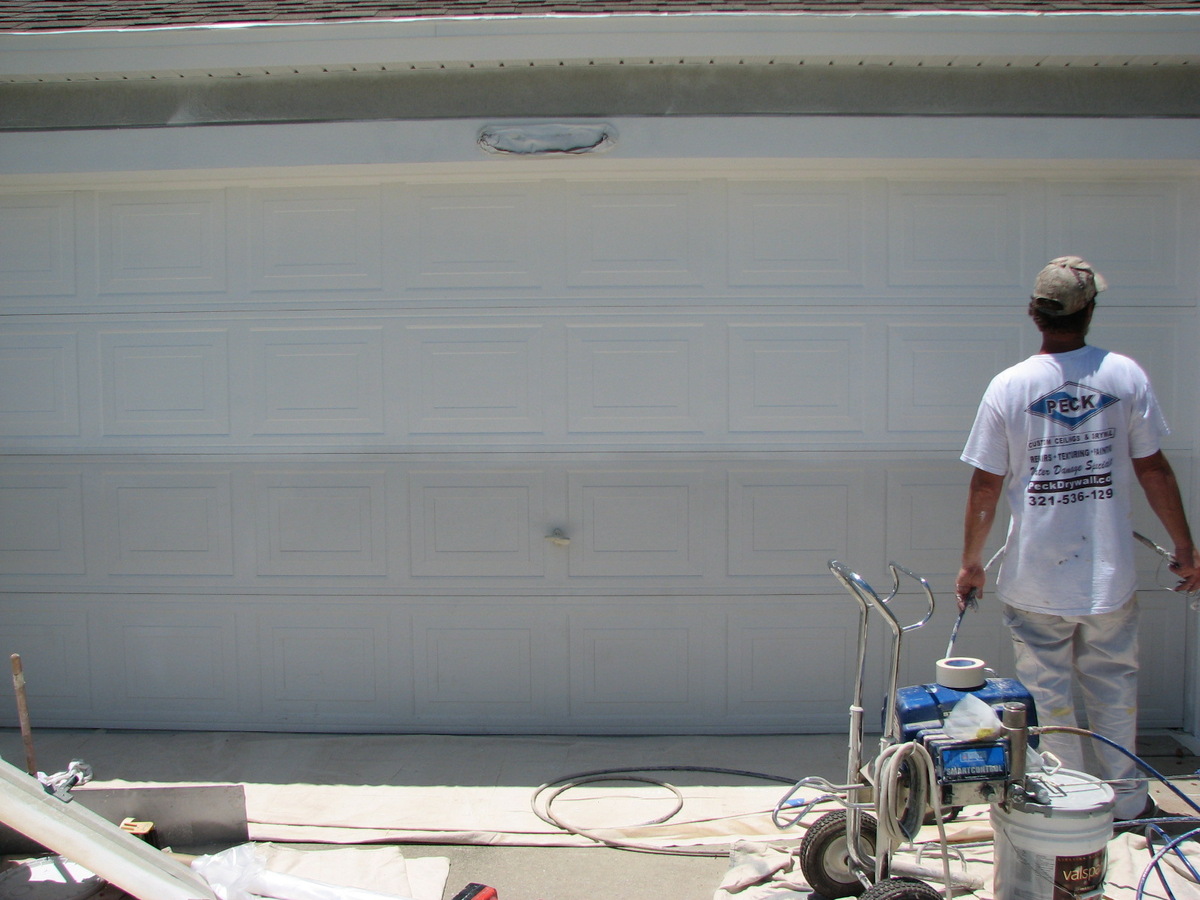

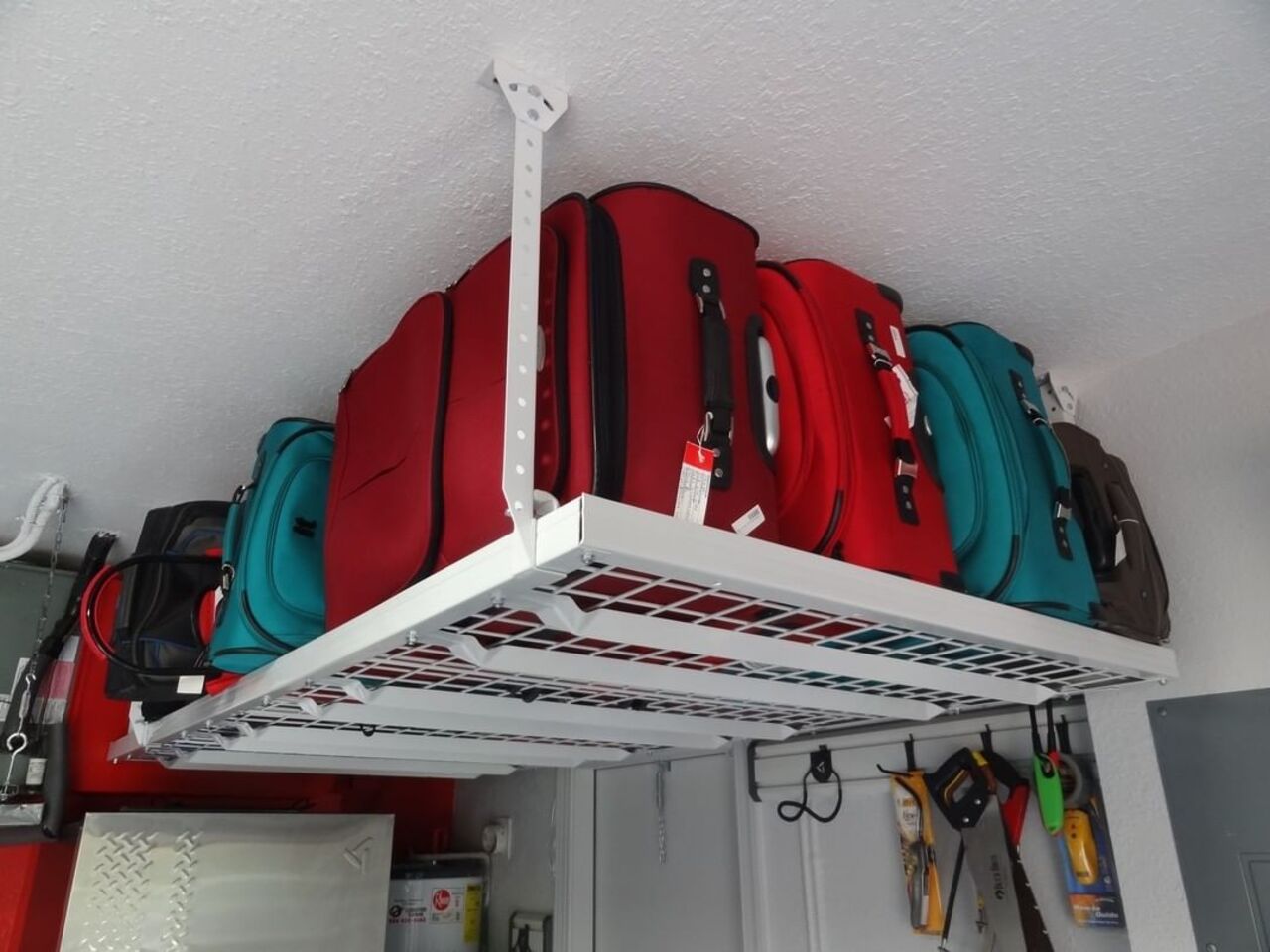
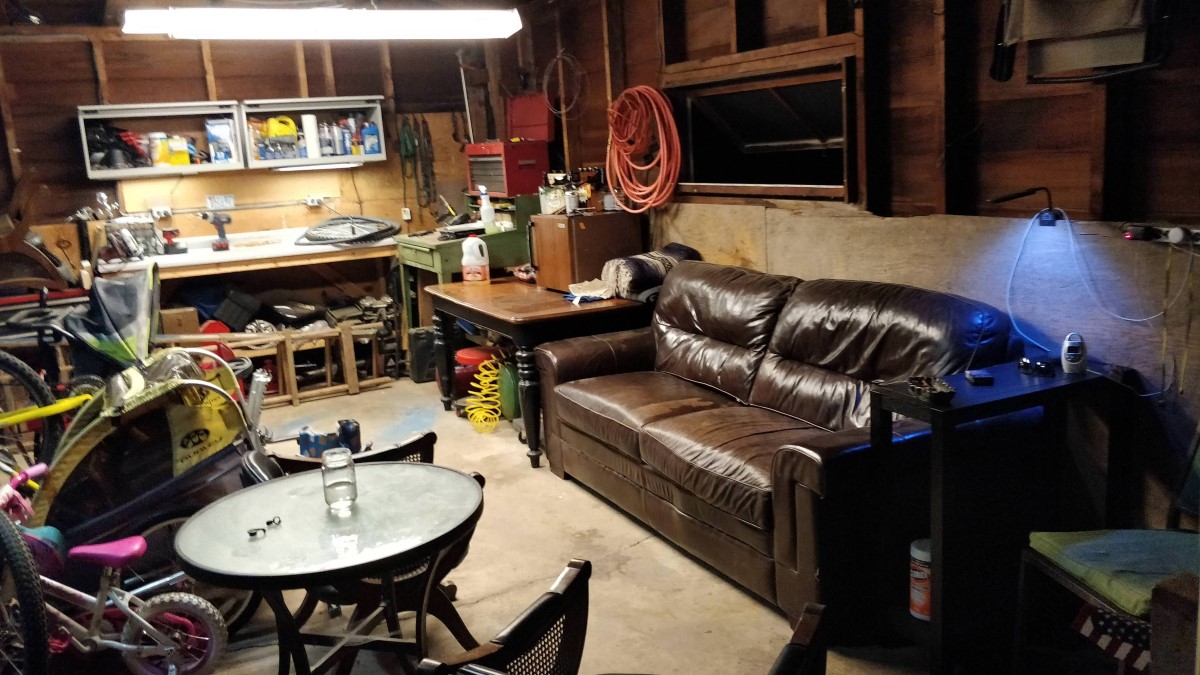
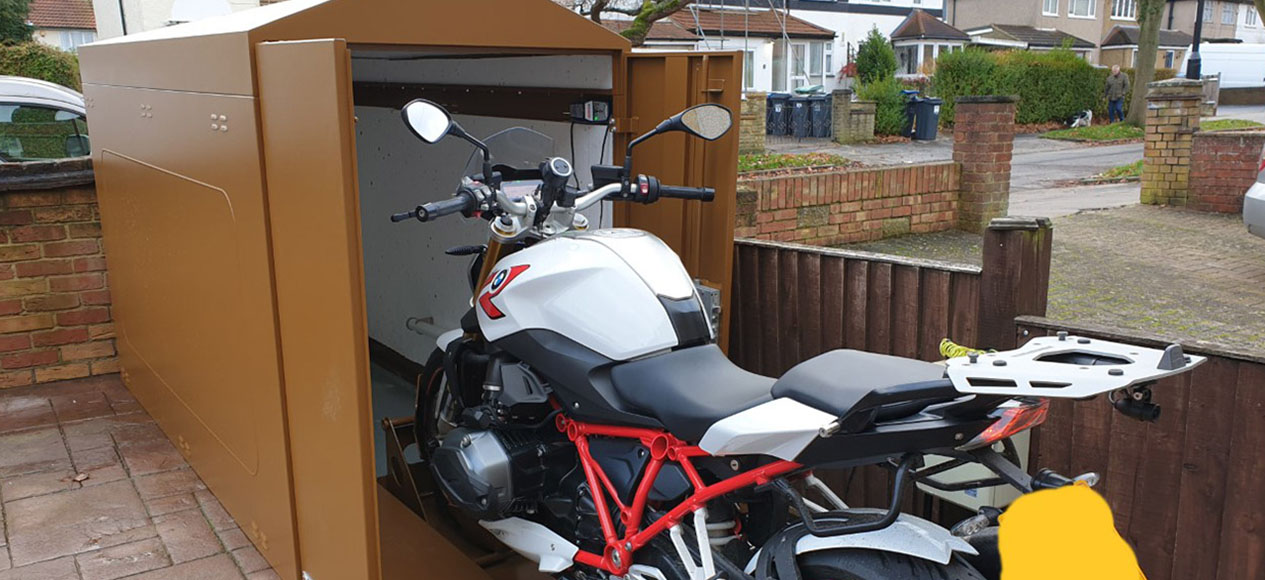

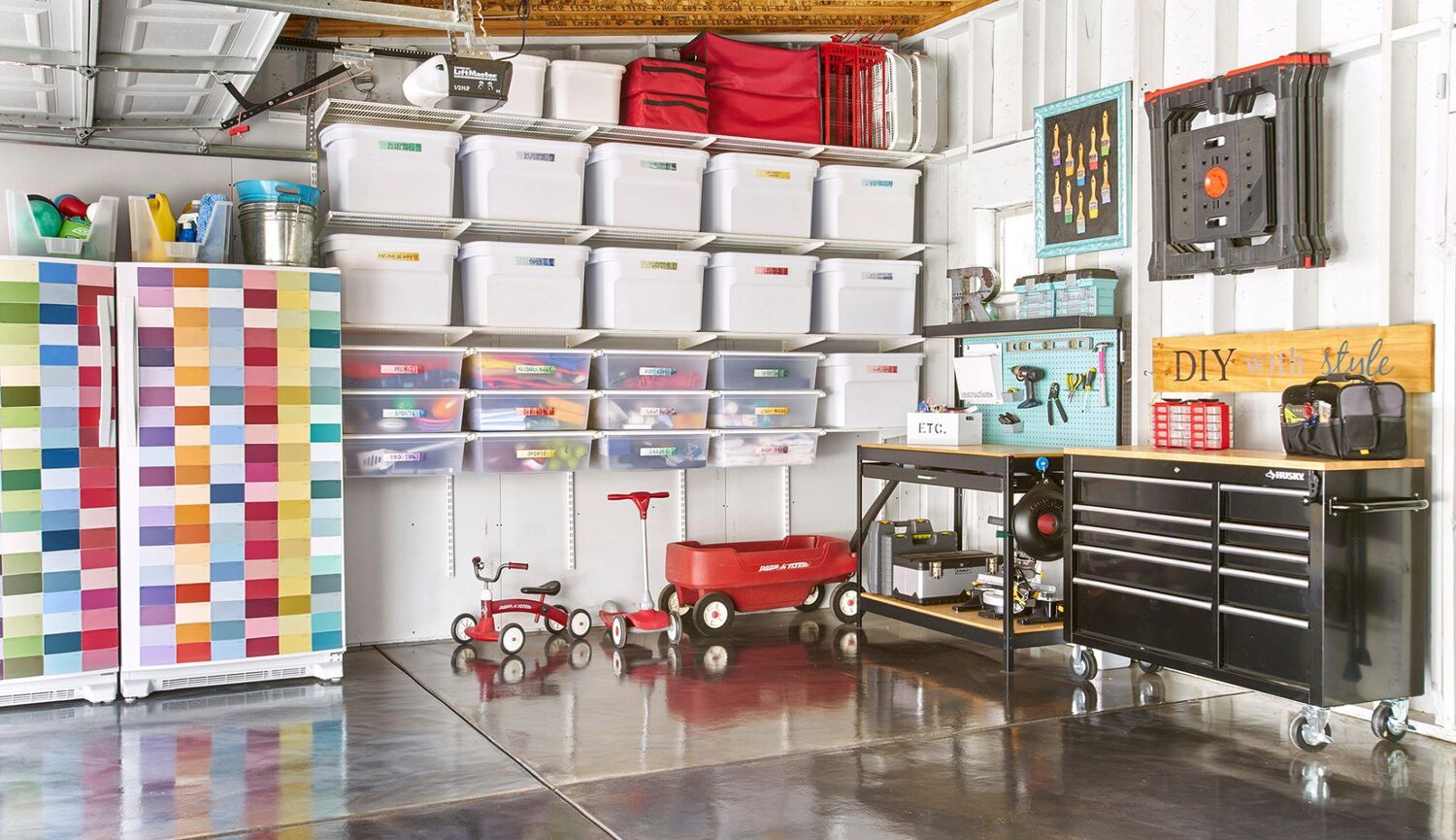

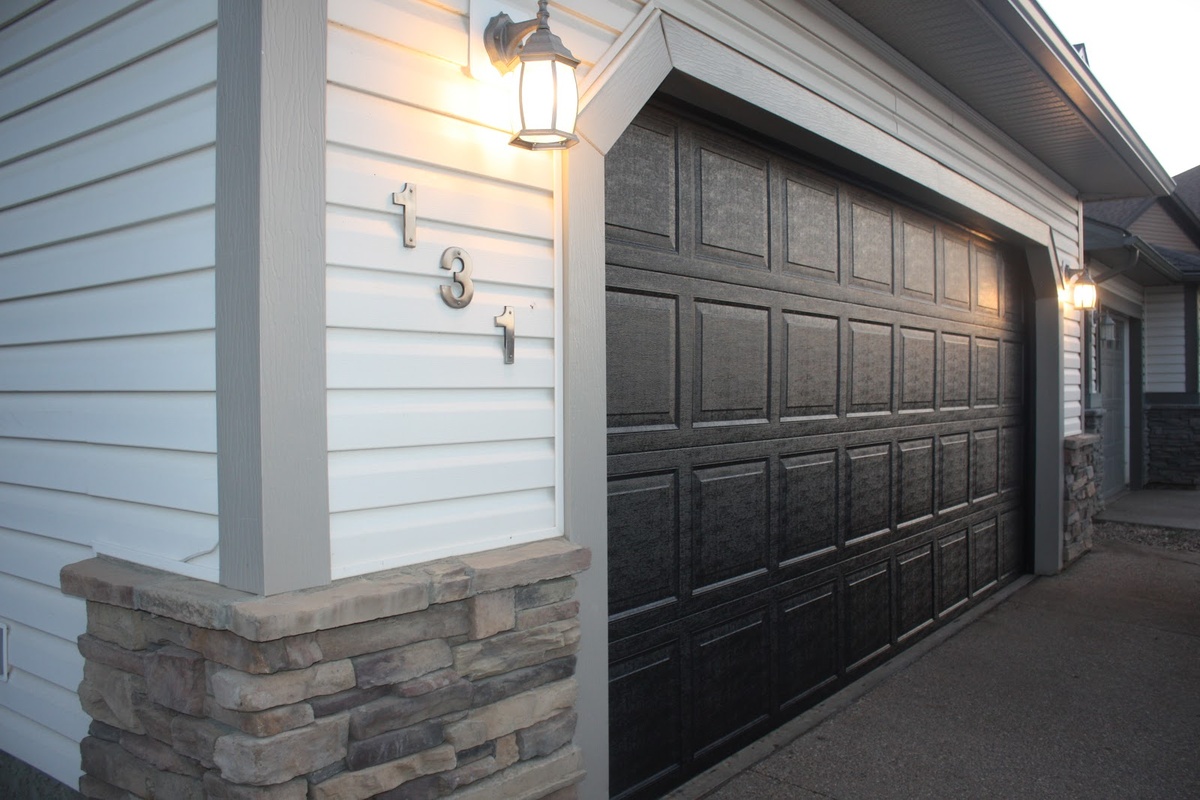


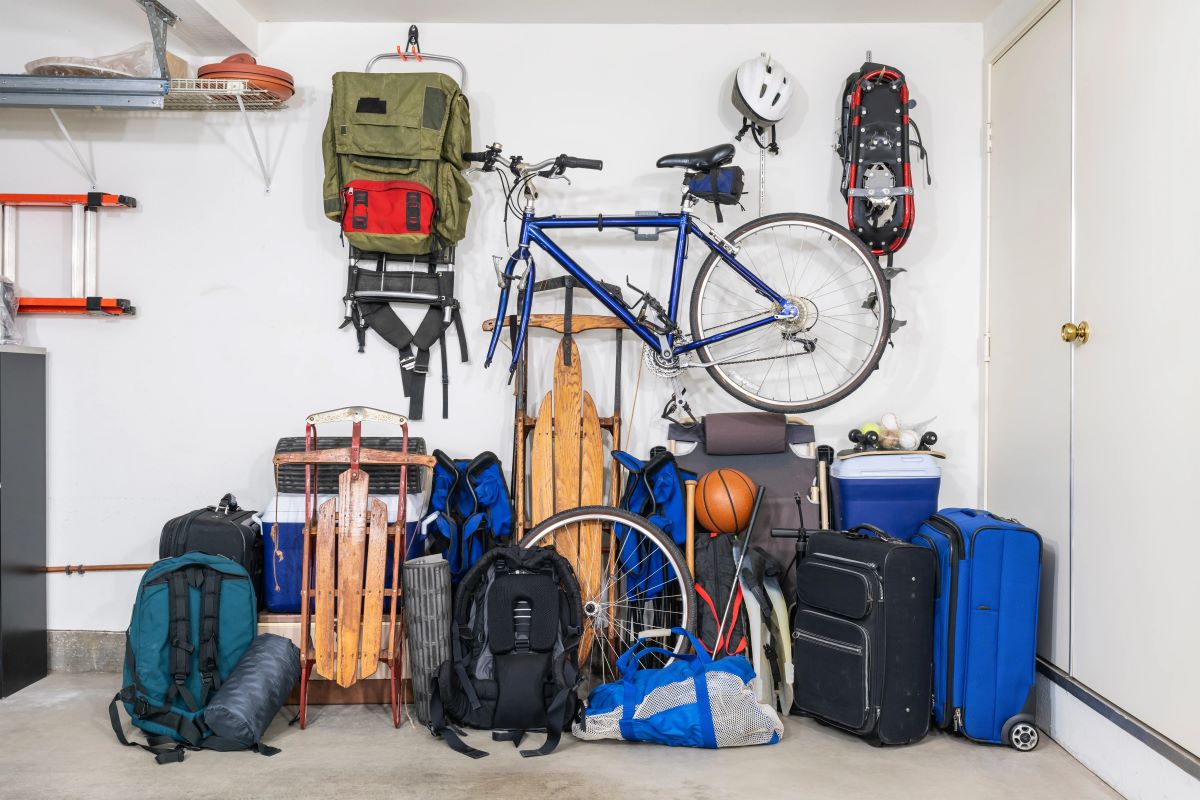
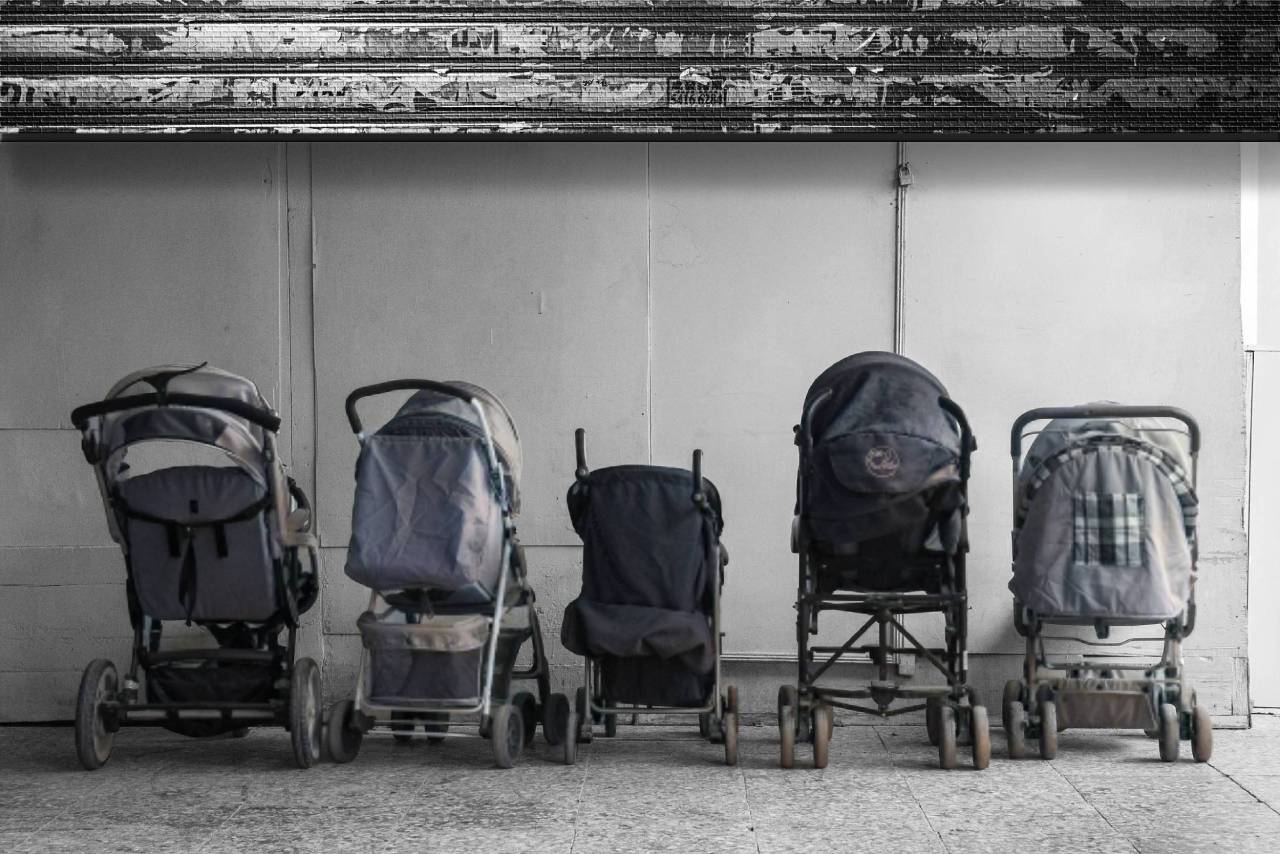

0 thoughts on “How To Store Paint In Garage”